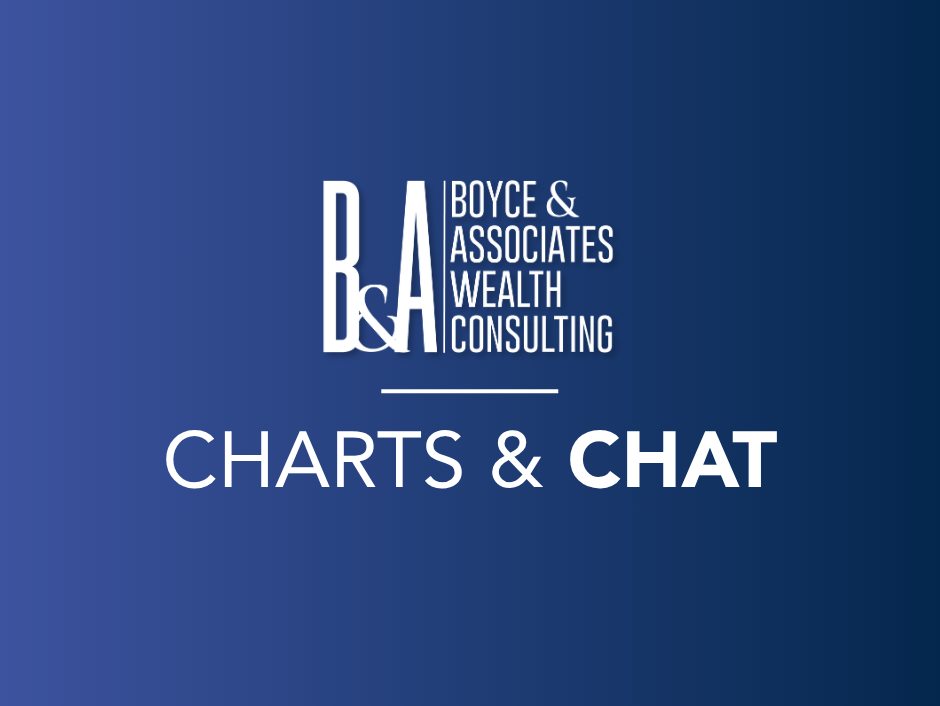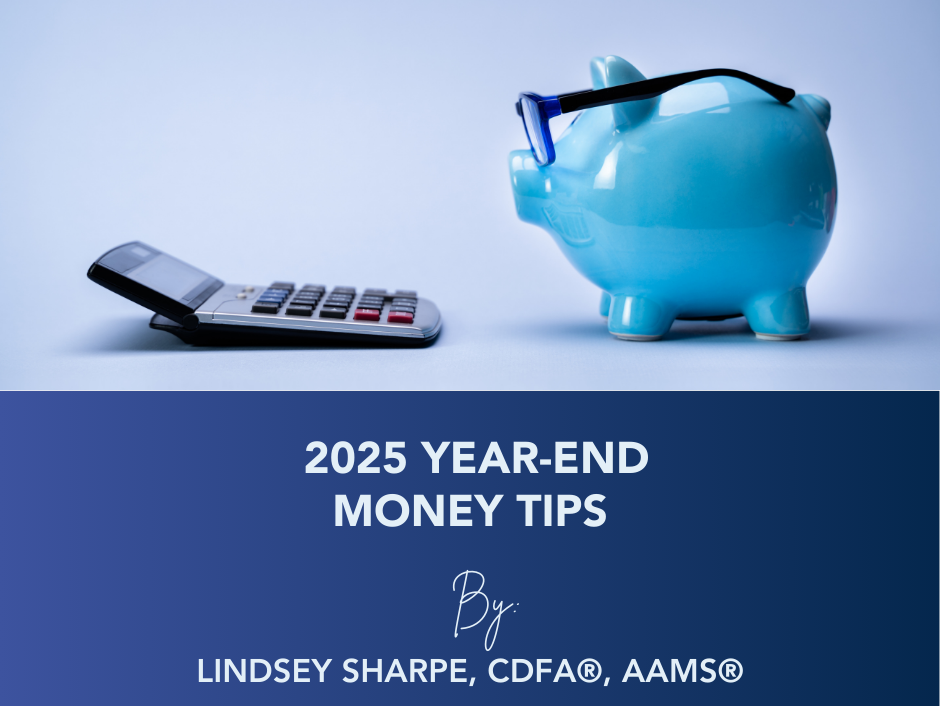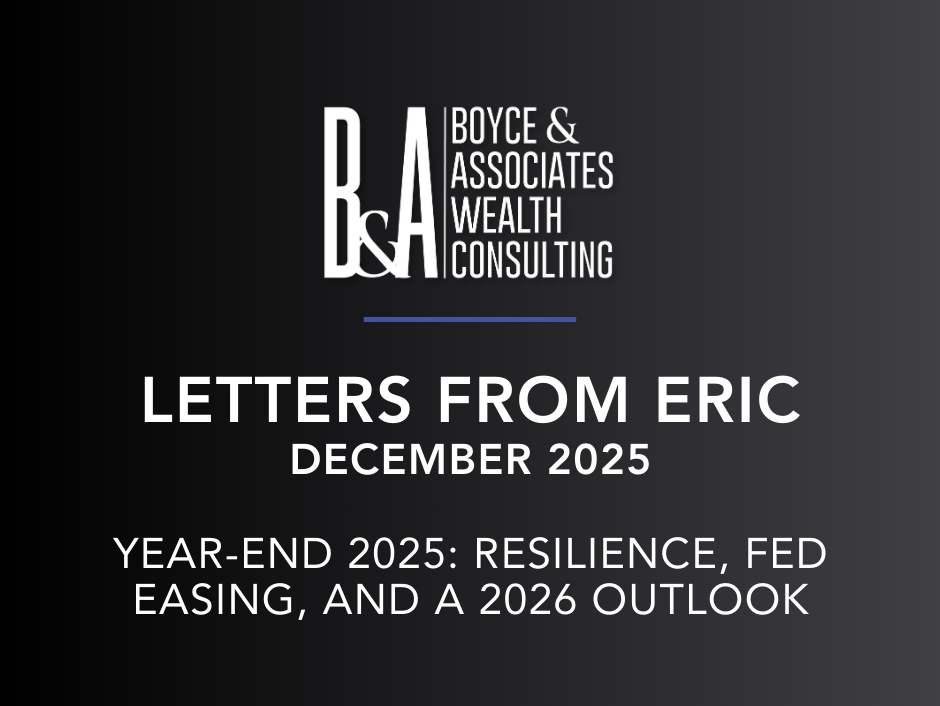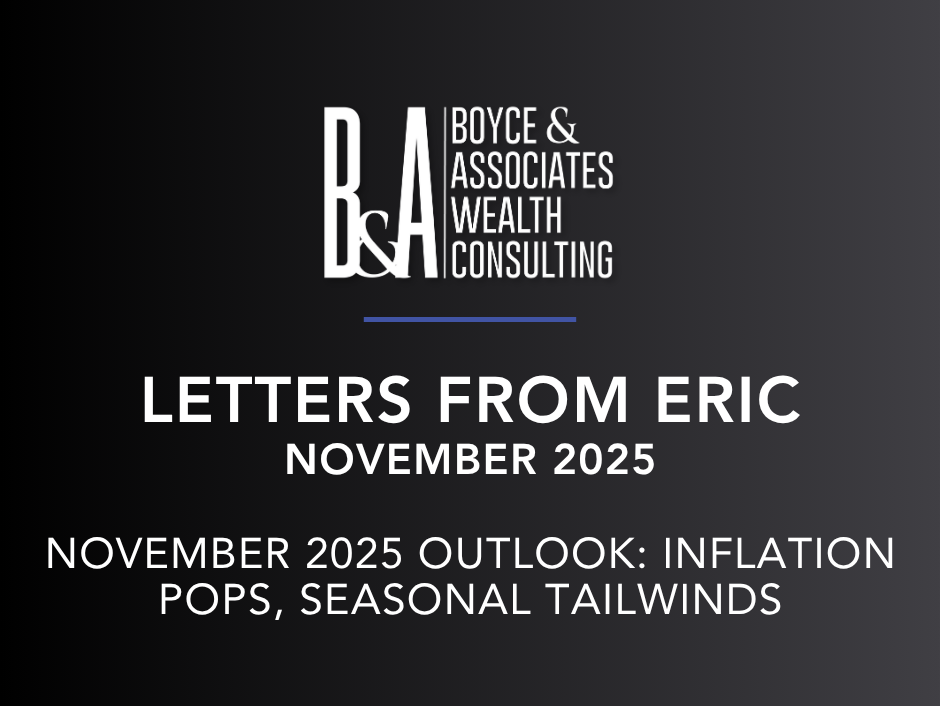The Good, The Bad, and The Ugly of 529’s
It is no secret that the cost of college is rising with no end in sight, requiring further planning, strategy, and saving. The Section 529 funds are very common recommendations for families saving for college. While this is great for some families, there are good, bad and ugly aspects of these plans and some families will benefit more from other strategies.
The Good: The biggest benefit to a 529 fund is the potential tax savings. The growth of the investments within the fund, and the withdrawals are all tax free when used for qualified education expenses (as defined in the IRC). Another benefit is the new 529 laws have expanded qualified education expenses to include trade schools and other forms of higher education. However, there are also several shortcomings.
The Bad: 529’s often have very limited investment options, many of which are age-based investing, often not being as adjustable to risk tolerance and preference. The family does not get a lot of discretion. Another shortcoming is they have to be declared on the FAFSA and can lower your need based aid.
The Ugly: If 529 funds are not used for education, they are stuck in this account. The only options are to change the beneficiary to another family member or withdraw and pay income tax on growth, as well as a 10% penalty. While there is a new provision to roll leftover balances into a Roth IRA, read the fine print. There are a lot of strings and checkboxes attached to this provision.
In conclusion, while these vehicles are still the best strategy for some families, there are other vehicles referred to as tax or asset advantaged assets that are more beneficial for other families. These assets do not have many of the withdrawal constraints and limitations of 529’s. These assets can often be sheltered from the FAFSA, potentially increasing your need-based aid. Every family needs to understand which strategy will be most beneficial for their family. Contact Boyce & Associate today for expert recommendations on which strategy is best for your family.
